








THE D-VINE SPIRITUALS FOUNDER SHARES HIS STORY THE ARCHIVIST
LEILA HAMDAN ON THE WORK OF PRESERVING THE PAST
LO-FI IN HI-FI 2
A PREVIEW OF OUR UPCOMING HIP-HOP LISTENING SEASON
KINGPIN SKINNY PIMP
THE MEMPHIS RAP OG ON HIS ICONIC CAREER
TOP 5 W/ HALEY IVEY
THE LITTLE BABY TENDENCIES SINGER ON PROTEST SONGS







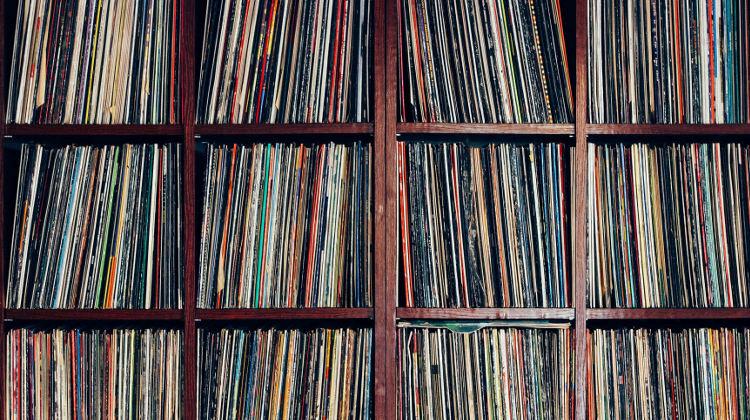
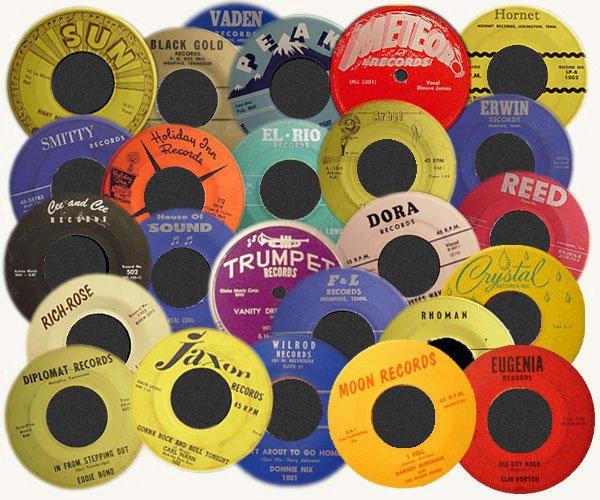

Story by JD Reager
“I like objects,” says Leila Hamdan, a longtime Memphian who is perhaps best known for her work for the Stax Museum of American Soul Music and the National Civil Rights Museum. “I like bringing people back to life.”
Hamdan shares this lofty aspiration from her current office, buried deep within the archives of the Memphis Public Library. She’s very much at home here, surrounded by endless stacks of books, documents, and other unsorted ephemera. She also loves the anonymity and quiet chaos of archival workwhich has served her quite well in a distinguished career of service to the arts and historic preservation. It might not quite be resurrection, per se, but it’s a living.
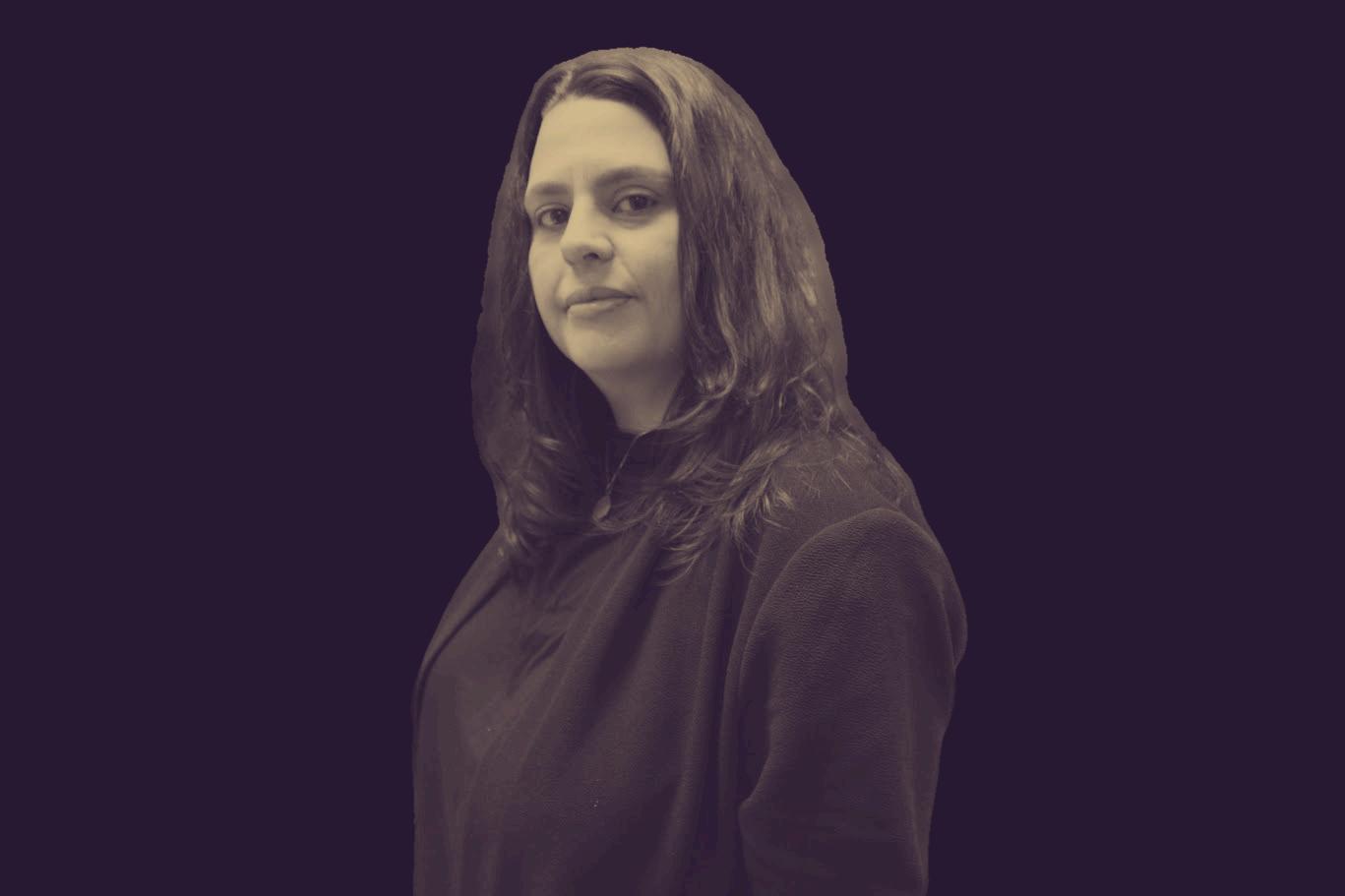

In addition to her local museum work, which also includes a stint at the Metal Museum, Hamdan has contributed to a myriad of high profile projects over the years - from celebrated Memphis music releases on labels like Stax, and Goner Records, to an award-winning HBO documentary. But her work behind the scenes has often gone unrecognized - especially in comparison to some of her more vocal (and oftentimes, male) peers and collaborators.
“It bothers me when others take credit for my work, or don’t credit me for work that I’ve done,” says Hamdan. “But there are no famous pop archivists, it’s part of the job to some extent.”
Though she is a skilled artist and writer herself, Hamdan has admirably dedicated her life to documenting the work of others. What’s more, the curation and preservation of historic artifacts seems to be in her blood.
As she tells it, her grandfather was known in Lebanon as a fortune teller and clairvoyant (a skill Hamdan says she shares with several members of her family), but there’s more to it. He was also a “finder of lost things” - which included lost people, deeds, documents, and more.
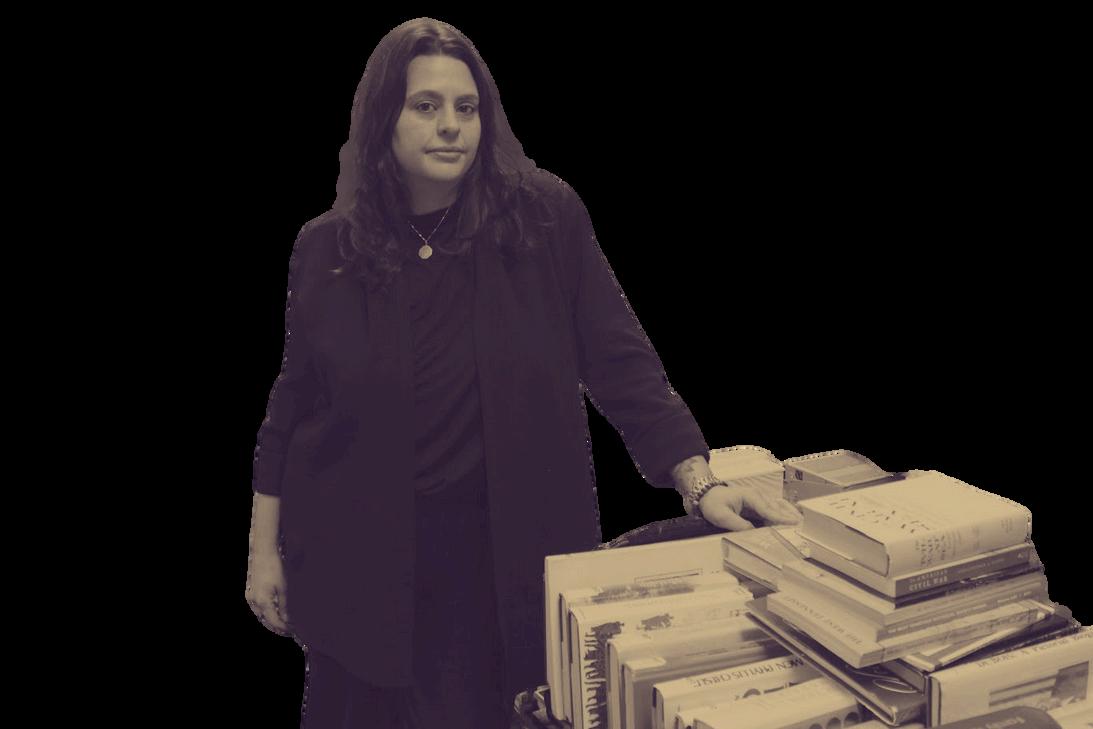
I wasn’t conscious of his influence on my life until recently,” says Hamdan. “Only in the last ten years have I realized, maybe these skills are in my bloodline.”
However, growing up in rural North Mississippi, Hamdan’s Lebanese heritage also contributed to her feeling “othered” - which deepened her connections to African-American art and artifacts in particular.

“It has always fascinated me how beautiful works of art and powerful acts of protest can be created out of excruciating pain,” she says. Eventually it was this fierce connection that led to her work at both the Stax and Civil RIghts museums. Through her connections to Stax, she was also a contributor to the Grammy-winning box set Written In Their Souls: The Stax Songwriter Demos, as well as the HBO documentary Stax: Soulsville USA, which won an audience award at its South By Southwest premiere.
Hamdan has shown a deep dedication to Memphis’ underground music scene over the years as well, and there’s almost no support role in the scene Hamdan hasn’t filled. From supplying “vibes” (Naan Violence) to helping write songs (Harlan T. Bobo), to creating album art (Limes),
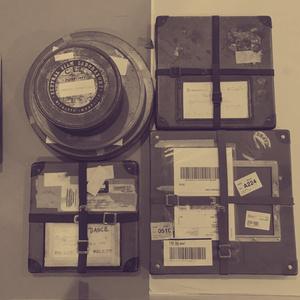
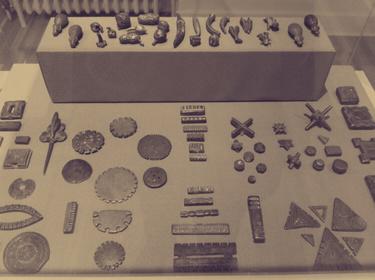
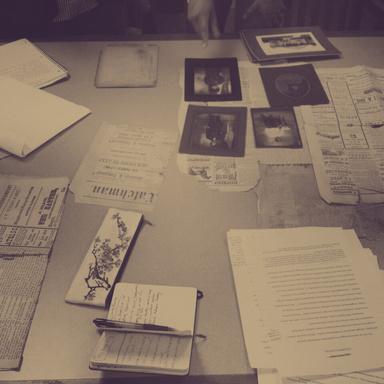

several music videos and tended bar at the Lamplighter.

“She’s always been a supporter of Memphis original music,” says old friend John Bonds, drummer for The Subteens and River City Tanlines. “She’s a beloved fixture of the scene.”
In addition to her current job with the Library, Hamdan is working on a book project focused on a little-known African-American chef named Henry Neal, who worked at the Penland School of Craft in North Carolina from the early 1930s through the early 50s. And, after many years on the sidelines, she’s starting a band with Brad Pounders, former drummer of the influential Memphis new wave trio The Clears. Hamdan has been a constant nurturing presence. She’s also helped make
She’s also focused on sharing her skills with future generations of archivists (i.e., interns), which is a trait she says she modeled from her professional mentor, University of Memphis professor Dr. Earnestine Jenkins.
“I’m extremely proud of everything I’ve done, from the smallest projects to the biggest,” says Hamdan, “and not just for the output of the work and the people and stories I was able to interact with. That I am able to impact younger people, and teach them ways of doing that also somehow forms a way of loving the act of what you do, is the most rewarding part.”




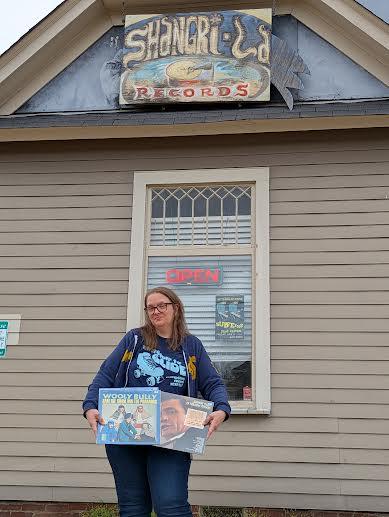

Eachquarter,weinviteadifferentDJ, musician,orproducer todigthroughthe stacksatShangri-Latofindsomeoftheir personalfavorites.Thismonth,we’re joinedbyourveryownLoriMcStay,the hostofWYXR‘s“Switching’toGlide“anda memberofmorebandsthanwecan count.Beforewegetintoherlist,allowus toletLori(re)introduceherself...


IstarteddoingtheshowonWYXRwith myhusband(andShangri-LaRecords owner),JaredMcStay.Hewasthe reasonwewerechosentohaveashow inthefirstplace,buthedidn’twantto doitwithoutme.Jaredwasdefinitely thestaroftheshow.Iwasthe“straight man”tohiscomicrelief,andI’drunthe wholeshowsohecouldjustperform. Westartedthefirstweekthestation wasopen,inearlyOctober2020,while thepandemicwasonfullblast.Itgave ussomethingtodooutsidethehouse. Wequicklybuiltupareputationforthe unexpected.Manypeopletoldusthey becamefansafterourfirstHalloween showthatyear.Wehaddecidedtouse Impala’ssong“Experimentin Terror/Stalkin’”asthebedmusictotalk over(butonlyonHalloweenepisodes!). We’dback-announcethesongsusing spookyvoices,andwehadagoofy “hauntedmicrophone”bitthatonly Jaredcouldcomeupwith.
AfterJaredpassedawayfromcancerinlate2023,Icontinued hostingtheshow,becauseIknewitwaswhathewouldwantmeto do.Itagaingavemeareasontoleavethehouseandseepeople.I hadmanyMemphismusiciansandfellowDJsco-hostwithme, includingRobbyGrantandGregCartwright,andmygreatfriend anddirector/starofTheBreak-UpShow,SavannahBearden.For almostafullyearnow,mybrotherAndyGienapphasbeenmy permanentco-host.Hewasastapleoftheearly‘90sMemphispunk sceneattheAntennaclub,playinginbandssuchasAmerican LesionandKomaToast.Healsolikesbeingsillyontheairand comingupwiththemeshows.Weliketosurpriseeachotherwith nostalgicorsillysongs.It’sbeenalotoffunhavinghimonwithme andlisteningtomusictogetherlikewealwaysdidgrowingup.
I’vebeenplayinginbandsforalongtime,mostrecentlySweet KnivesandAlicja-Popwithmyfriendandlong-timebandmate, AlicjaTrout.I’vebeensingingandplayingkeysfortheyachtrock band,RelentlessBreezegoingon8-9yearsnow.Istartedsinging backupwithTheDownsprouts,featuringKateCrowder,Corey Crowder,andAndrewMcColganfromTwoWayRadio,andmygood friendAndySaundersondrums.Andy’splayedalotwithJared throughtheyears,andhewasthedrummerinDelorean,myfirst band!Wehungoutalotincollegeandneverstoppedbeingfriends. HewasalsobrieflyinTheVillains,theinfamouscoverbandwithme Jared,andTripp(andlater,ForrestHewesoftheNeckbones).Kate andCoreyusedtoplaywithmeandJaredintheWuvbirds.It’sbeen reallynicehavingregularhang-outswiththemagainoverthelast year.We’refinishinguptherecordingofafull-lengthalbumand we’llbeplayingliveatShangri-LaforJugFestonMay10th! IworkedatShangri-Lafulltimearound1999-2002,andI’vebeenthe silentpartner/ownersinceJaredandIweremarriedin2004.I pickedafewoftheserecordsbasedoffofmyearlyShangri-La days...

SamSamudio(aka,SamtheSham) wasoneofthefirstmusicianstohave an“instore”atShangri-LaafterI started,andhecouldn’thavebeena nicerperson.Hewassuperclassyand dressedinafancysuit.Hesmelled goodtoo!Jaredhadsomebigcardboardshowsignsprintedupjust mentioningthatSanwouldbeappearingliveatShangri-La.Hedidn’t perform,buthesignedthepostersandtookpictureswitheveryone whocamein.AsweetmanandaMemphislegend.
ThinkingofMemphisagain,Ipickedthis one.IrecentlytookatourofSunStudio withsomeout-of-townfriends.We timeditsothatmybuddyand MemphismusicphenomGraham Winchesterwouldbethetourguide.

GrahamplayedthepianoforusasifhewaspossessedbyJerryLee Lewishimself.There’sjustsomethingaboutbeinginthatspaceatSun andimaginingallofthoselegendsbeinginthatroom.Irecorded thereonceinabandIwasincalledThePorchGhouls.Isangthrough theElvismicrophoneatnightinthatspace,completelyaloneinthe darkstudioroom.ItwassomethingI’llneverforget. IpickedthisalbumbecauseSunrecordsalumJohnnyCashwasa badass,andthislivealbumwasthemostbadassthingheeverdid. Youcanhearitintheinmates’cheers.Igetthesamethrilllisteningto thisasIdosteppingintoSunStudioorhearinganyoftheSun sessionsalbums.


I’mactuallynotfamiliarwiththesongs onthisalbum,butIpickeditbecause I’minMemphis’premiereyachtrock band,RelentlessBreeze.Nothing conveysthespiritofyachtrockbetter thanthisalbumcover!(Although they’reonasailboat,notayacht.)I recentlyphotoshoppedaposterwith thisalbumandstuckapictureofme andmyfellowsinger(andmyWYXR DJsister),AmandaDent.She’sdressed inaneveninggownandalife preserverfromourfirstlegendary bandphotoshoot.Ikindaflippedout whenIsawthisrecordintheshop! Jaredstartedthebandwithme, Amanda,andourguitarplayer,Carlos Gonzales.
It’sgrowntoabandof6,includingthe awesomerhythmsectionofMarkJordanand TerrenceBishop,andournewestofficial memberandguitarwhiz,KhariWynn.Itwarms myheartthattheseguyswanttokeepthe bandgoingwithme,withoutJared.Wealso keepgettinggigs,whichisnice!Westarted thebandbasedoffthe2002webseriesYacht Rock,whichcoinedthetermandexploredthe musicinahilariousfakedocumentarystyle (AvailableonYouYube!)
ValleyGirlisoneofmyfavoritemovies fromthe‘80s,andthesoundtrackis thecoolest.Although,tobefair,some plotpointsofthemoviehavenotaged well.IhadthisCDbackinthedayandI usedtolistenitonrepeat.JaredandI bothlovedthePlimsoulsandcovered theirsongsonoccasion.Theyactually appearinacouplescenesinthe movie!Theothersongsarejustpure ‘80sgold.
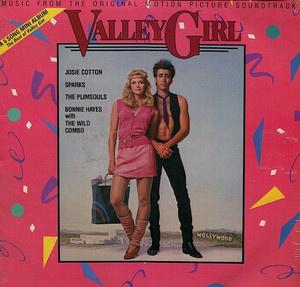


AnotheralbumIworeout.Isaw Pavementplayliveacoupletimesin the‘90sandtheywerealways incredible.We’veplayedalotofsongs offthisalbumontheradioshow.Cut YourHair,RangeLife,andGoldSoundz arethe3big“hits,”andallthreehave charminglyderangedlyrics.Justakillerbandandakillerrecord.The nostalgiaflowshardandfastwhenIlistentothis.

Iwantedtopickamorerecentalbum thatIhaveobsessivelylistenedtoover andover,andIhadtochoosethisone fromShannon&theClams.Jared introducedmetothemandplayedthis recordformewhenitcameout.I thoughtitwasacoolbandfromthe ‘60sthatI’dneverheardof.Myheadspunwhenhetoldmeitwasa newalbum.WesawthemplayatMurphy’s(asmallIrishbarin Memphis)soonafterthatandwetalkedtoShannonbriefly.I’vesince seentheminmuch,muchlargervenuessince,andtheyareinsanely terrificeverytime.Oneofmyall-timefavoritebands.
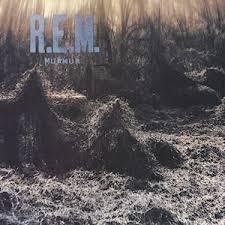
Lastly,IhadtoincludeR.E.M.’sMurmur, theveryfirstrecordIeverbought whenIwasa17-year-oldfreshmanat MemphisStateUniversity.Iboughtitat Shangri-LawhenEricFriedl(of ObliviansandGonerRecordsfame) wasworking.Ihadalittlerecordplayer inmydormroom,andIspunthecrap
TuneintoSwitchin’toGlideonFridaysfrom2:00to 4:00PMon91.7FM,orstreamitonwyxr.org.
SeeRelentlessBreeze: -Saturday,April19th,from2:00-4:00pmatShelbyFarms forEarthDay -Sunday,April20th,from7:00-10:00pmatRooster's BluesHouseontheHighlandStrip CatchtheDownsproutsatJugFestonMay10that Shangri-LaRecords! outofthisrecord.ItzapsmerightbacktomyroominRawlsHallevery timeIhearit.
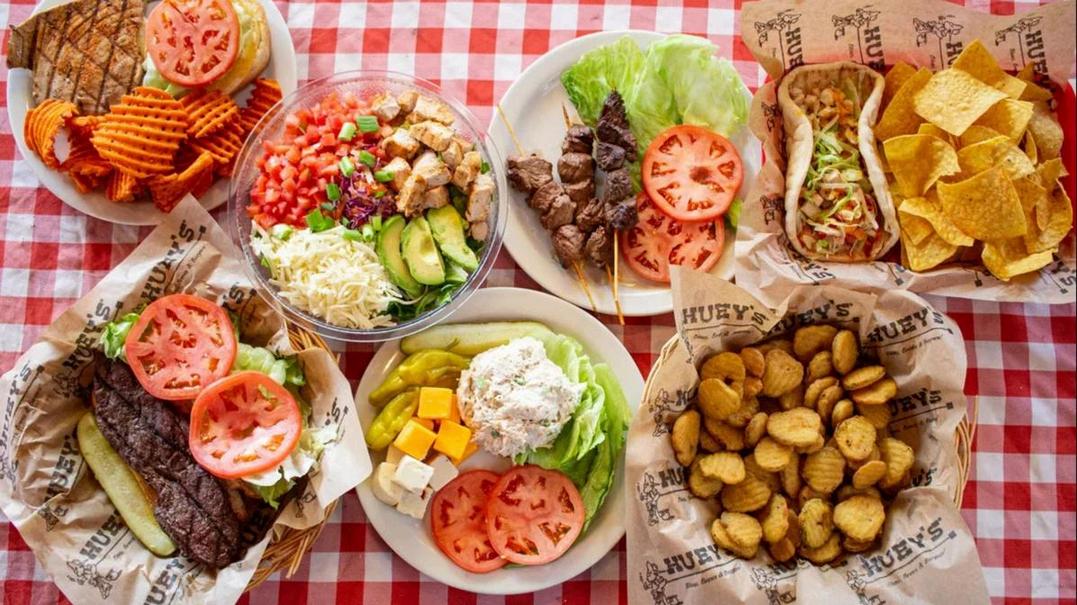



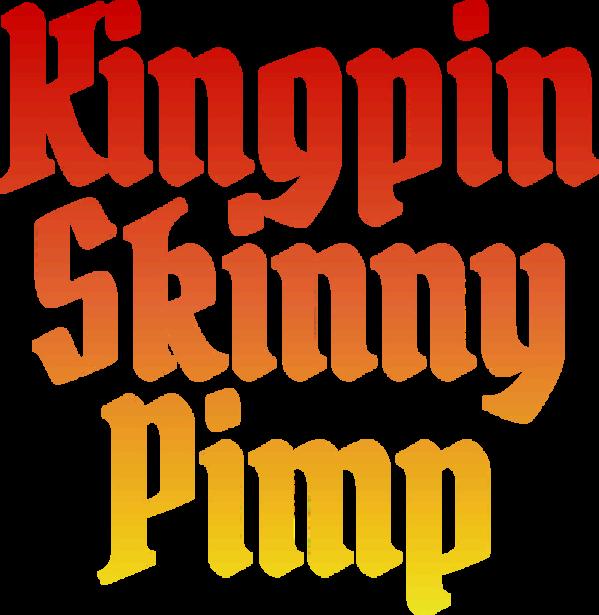

The Memphis Rap OG Reflects on a Legendary Career
For the final event of the first season of our Lo-Fi in Hi-Fi series–-more on season two in just a moment!--we were joined by rapper Kingpin Skinny Pimp to discuss his seminal solo debut King of da Playaz Ball. Skinny, who was an early affiliate of Three 6 Mafia and the founder of his own group Gimisum Family, provided an in-depth look into his early years, his influences, and his process. The interview has been edited for length and clarity.
We always like to start at the beginning, which I know for you starts in North Memphis. Tell us about how you first got into rapping, your earliest influences, etc.
We can start back with the Fresh Prince, Kwamé, the Skinny Boys, the Fat Boys–all of them from that area–and then there’s the Memphis area–Psycho, Homicide, Al Kapone, 8Ball, Squeeky, Zirk. So many more to name, know what I’m saying? Spanish Fly, Playa Fly…
How much older would they have been than you?
Oh man, I can’t remember all the way back then. I would have been 14 or 15. I was going to Herman Junior High, I was in the 7th grade, and one of my biggest moments was bringing 8Ball & MJG to the school to perform at my talent show.
How the hell did you pull that off?

I dunno man…Zirk? Zirk played a huge part in discovering me and introducing me to the Memphis scene. I went to DJ Squeeky’s house and I was just so anxious to get on that mic. I was one of the first ones to finish my verse on “Lookin’ for da Chewin’.” I finished my first bar and was like ‘I’m ready!’
How did you first link-up with Zirk and Squeeky?
My homeboy Drive By bought my first beat from OTS [Records], which was made by 8Ball. Then I got discovered performing at Studio G. I met Zirk in the restroom, and then he took me by Squeeky’s house. That’s how it all got started.
Your next big connection was linking up with Hypnotize Minds and Three 6 Mafia…
DJ Paul used to sample our music and stuff, and we were like ‘Who is this dude that keeps sampling our shit?’ And it was Paul. So we went to his school like ‘Oh, we finna get in his shit.’ (Laughs) So we went over there looking for him, and when we found him we were like ‘Aww, this is the dude?’ When we saw it was him, we decided that he was cool. Anyway, that’s how I first met Paul. Back then, we weren’t real big on people sampling our stuff or using our music, but we worked it out.
Speaking of sampling, you became a bit of a sensation a couple of years ago when snippets of your songs were going viral on Tik Tok and other social media platforms. I’ve always wondered what that was like.
It was like a blessing from out of nowhere. It was a gift from God. At the time I was doing this and that, but it felt like I was losing at it. That was one of the blessings that helped me get back to winning.
Do you remember how you learned that you’d become an online phenomenon?
The first person who told me was Todd Sullivan. Todd is one of the biggest sample-clearance people in the world for a lot of major labels, and he let me know. Lil Yachty was the first artist to sample us…From there, I just started getting emails from all over the world. There’s a guy named Tyler Blatchley, who’s the co-founder of Black 17 Media, and he was the one who really changed by life by letting me know that I was one of the most sampled artists in the world–I mean like James Brown type numbers. I probably have over a 100 songs that have gotten over a million streams.
I really lo e Minds days t amily.
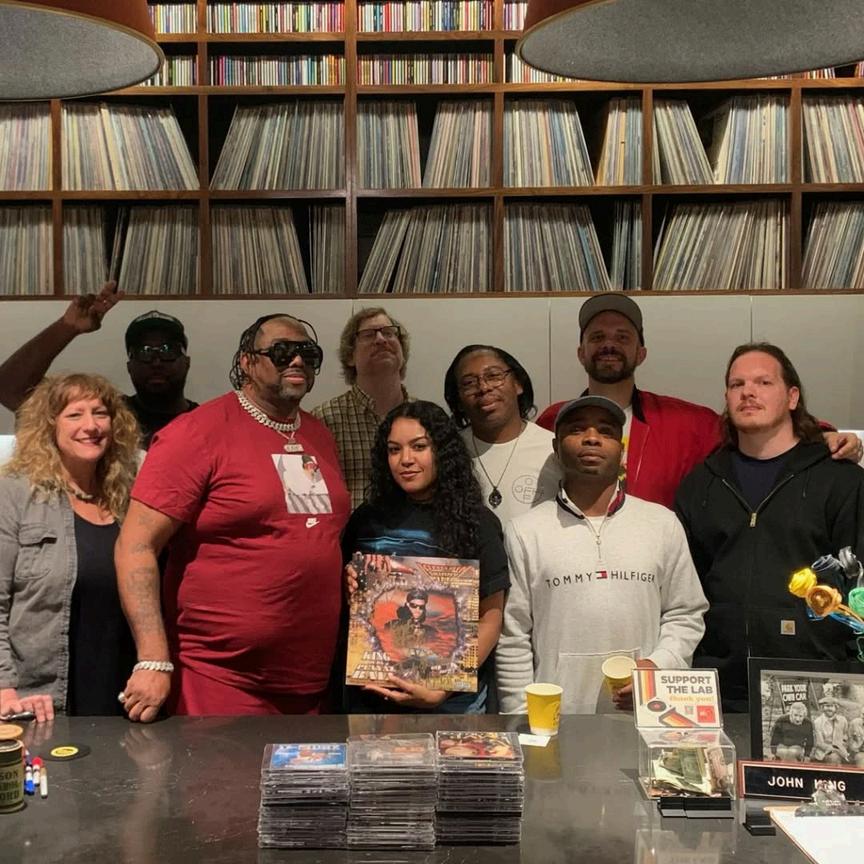
So basically, before Hypnotize Minds there was Triple Six Mafia and Gimisum Family. We were just always doing a bunch of collaborations. There were so many collabs and I was helping so many artists’ names pop, like Lil Gin, Ski Mask and them.
Back then, DJ Paul’s mama only let a few people come over–Gin was one of them, Juicy J was one of them–so those of us who were allowed over ended up being legends. But yeah, we always had Gimisum.
For me, it really all started at my auntie’s house. We’d be on the 4-track on the bunk beds. Juicy would do his things, I’d do my thing, Paul would come over and we’d just party. No P. Diddy parties though (laughs). That’s a joke. But yea, we’d just have little hood parties and make music.
Alright, let’s jump into the album of the evening. I’m guessing a lot of people first heard you on Mystic Stylez, but this was your debut solo album…
I actually wrote a bunch on Mystic Stylez. I wrote “Big Bizness,” I wrote my part on “Back Against da Wall," there’s a lot of songs I contributed to. I never got a penny off of that album, but aside from that it was cool. In terms of the promo it was cool.
So back to your solo debut King of da Playaz Ball...
Back when they were working on that album, I was back and forth between Houston and Memphis, so I was dealing more with Rap-A-Lot. But Paul and then would call me up like “Man, we gotta lot of stuff going on down here, you should come back.” So I came home and they were popping off. So I was like “Shit, let’s finish this up” (points at Mystic Stylez), I did some more Gimisum stuff, and then we started working on King of da Playaz Ball. I was so ready. It was like being at DJ Squeeky’s house again.
This time, I wrote most of my music in Houston. It gave me a different kind of atmosphere, so when I came back I was so ready. Back in Houston, I’d be performing in front of a crowd of people like Scarface, Ice Cube, and Devin the Dude. So I would just write write write, but at the same time, I was training Mr. Slicc how to do his thing too and tighten him up. He’s so cold now that he could probably out-flow me.
Tell us a bit about the beat selection for the album. I love the production throughout.
A lot of people didn’t respect me as a producer back in the day, but I started off making beats with Paul and Juicy. Paul had this 4-track with four outputs on the back and a Roland W-30 with eight outputs, so he has an advantage over us. It allowed him to separate his sound. We just had to rap over stuff directly, but it made this sound that people are still going nuts over today. The phonk music doesn’t even sound mixed. Anyway, I taught Paul what a 32nd note was and helped him with his hi-hats.
Did you know much about music theory?
I didn’t then, but I was always the type so sit around and learn. I’d watch Paul and them make beats, so I ended up getting my own equipment. I would just try to remember the shit they were doing and then make my own beats. I’d watch 8Ball making beats, and Psycho–Psycho was one of my favorite artists and producers. That dude there was so cold. Psycho…he’s the one. Jazze Pha was another one. He used to always be at the front desk at OTS Records. He wasn’t like a secretary or nothing, but he’d help take orders. Anyway, when it came to making beats, I was just as hard as them, but I wasn’t good at mixing. After opening up questions to the crowd, fellow Memphis-rap legend Tommy Wright III quickly jumped in.
Ezra, I just wanted to say that you’ve got my favorite rapper here. My first show was a Skinny show. I was probably 16. So to me, he’s really the king. I remember me and Gangsta Boo were singing his songs word-for-word one night in the back of the Hi Tone. I mean we know them all. So Skinny, you’ve got to tell me, what is your writing process like, and do you have to re-record your verses a lot of the time, or do you nail it during the first go?
Now, because I work with so many young artists these days, I’ve kind of adopted the”young style.” Back in our day, we used to go in the booth and just drop our whole verse, and if it didn’t work, we’d have to start all the way over. If you’ve gotten far enough down the line then you might punch something in at the end, but now you can just say it one line at a time. So now I just focus on making sure that each of my lines are recorded as clear as they can be.
This year’s Record Store Day (4/12) will feature a limited edition colored vinyl of Gimisum Family ‘s 1994 self-title classic. We also have copies of “King of da Playaz Ball” in-stock at the shop!
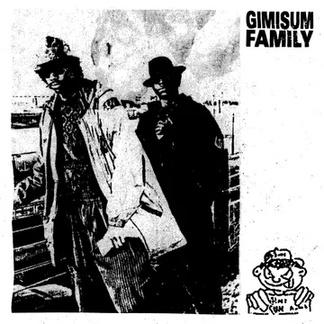

Shangri-La Records’ Lo-Fi in Hi-Fi series is a celebration of Memphis’ deeply influential yet insufficiently documented hip-hop scene of the 1990s. Each month, we select a different classic underground album for a listening party, along with an interview portion with the artists and producers who created it.

For our inaugural season at the Memphis Listening Lab, we were joined by local rap luminaries such as Tommy Wright III, La Chat, Blackout, Kingpin Skinny Pimp, and Gangsta Blac. As word spread throughout the community, the crowds for each event grew exponentially, far exceeding our initial expectations.
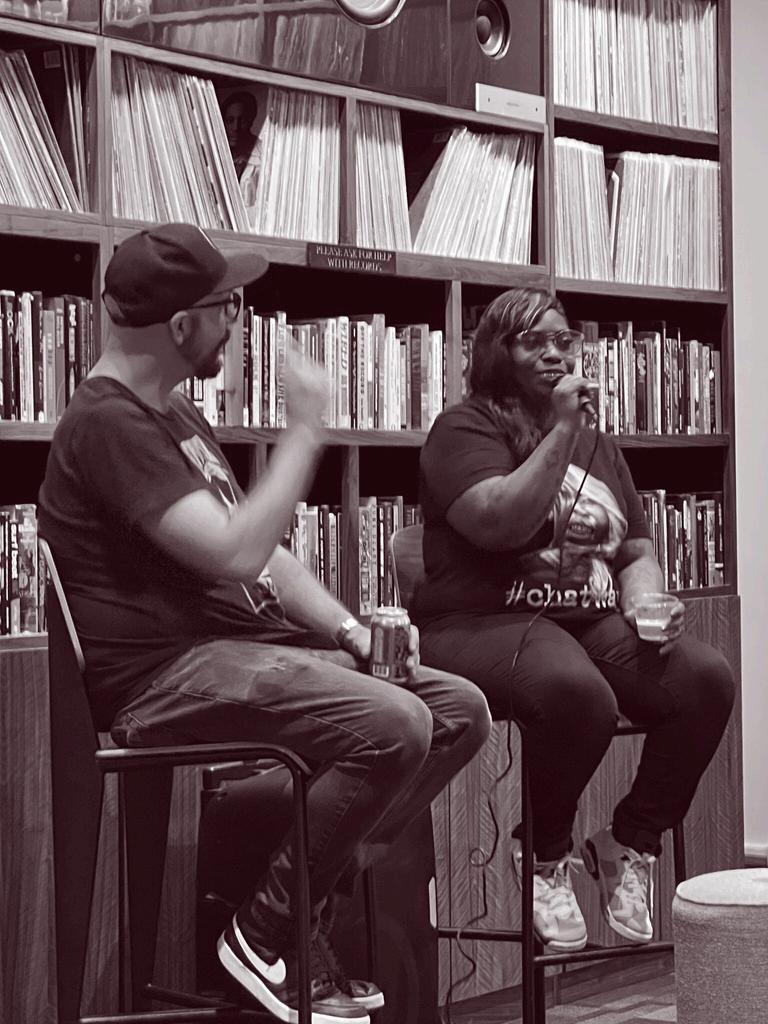
On the 30th anniversary of a seminal year in Memphis hip-hop, our second season will be recognizing six albums from 1995 that helped to define a cultural zeitgeist that still resonates across the globe today.
Due to occupancy constraints and increased demand, we will also be relocating to B-Side within the Minglewood Hall complex and livestreaming each event via our social media accounts, as well as incorporating an end-ofseason live performance.
For more information about the series, visit https://www.memphislofiinhifi.com/. For sponsorship opportunities or other inquiries, email us at Shangrilalofiinhifi.com. See ya’ll at B-Side soon!

April 24
Tommy Wright III
Runnin-N-Gunnin

July 31
8Ball & MJG
On Top of the World

June 26
Lil Noid Paranoid Funk
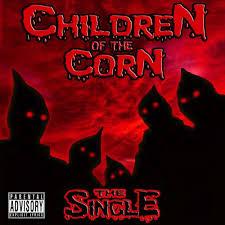
August 28
Children of the Corn The Single

May 29
Al Kapone Da Resurrection

September 25
Three 6 Mafia
Mystic Stylez/Live By Yo Rep







Cloudland Canyon may often seem like an enigma, if even occasionally to the band’s founder and driving creative force, Kip Uhlhorn. Originally founded in the early aughts in NYC as a kosmische musik inspired project with friend Simon Wojan (King Khan), a quick listen to Cloudland’s discography will reveal the kaleidoscopic nature of Uhlhorn’s amorphous vision for what it can be in any moment. With an eventual return to Memphis sandwiched between a spell on the west coast, and an increasingly collaborative approach to live performances, the sonic textures and visual concepts employed by the band continue to morph and expand into ever new and exploratory territory.



There has always been a bit of a Chilton-like “create, perform, move on” ethos to the way Uhlhorn approaches musical projects. From his early days in the Memphis punk scene, to launching the Knoxville based emo/posthardcore band The Red Scare, years recording and touring in NY indie rockers Panthers, and then his own krautrock inspired electronic group Cloudland Canyon, Uhlhorn seems attracted to projects that offer ecstatic release, if in a variety of different directions. With Cloudland Canyon, he has carved out a niche of his own, drawing on the propulsive rhythms of the great German electronic bands of the 60s-70s (Kraftwerk, Amon Duul, Neu!, etc.), while incorporating ambient and dance themes that result in a fresh and nuanced creation all its own.
In recent years, Cloudland Canyon has transitioned from a road tested outfit playing shows with psych warriors The Flaming Lips, Wooden Shjips, and the like, to more of a compositional juggernaut powered by Uhlhorn’s multiplicity of interests and artistic leanings. Among the most prominent of those has been his desire to combine visual elements with bespoke scoring. In the past year, a number of those opportunities suddenly came flooding his direction simultaneously.
Initially, the Museum of Science and History (aka the Pink Palace) Planetarium reached out about having Cloudland perform a show in their new concert series, offering a chance to put together an immersive experience within a space designed exactly for such an event. Having developed a visual projection aesthetic early in his days with Panthers and continuing to hone it with Cloudland Canyon, the chance to put on this type of concert at a place he loved growing up in Memphis was a cinch. Working with bandmates Graham Burks (who now performs visual projections under the moniker Infinity Stairs) and Corbin Linebarier (General Labor), the trio mapped out a set featuring songs from across his extensive catalog. The


Around the same time that the Planetarium event conversation began occurring, Uhlhorn received a dream request: to compose an ambient score for a new show on Adult Swim! called Ambient Swim! Not only would this present a completely new artistic challenge, but it would also potentially open doors into a creative format to which he felt increasingly passionate. Drawing on ideas and concepts new and old, he began to craft a soundtrack for an animated series he had yet to see at that point.

While these twin windows of possibility swirled, another personally meaningful marriage of film and sound were about to appear. The experimental films of Stan Brakhage, which had captured Uhlhorn’s imagination years before, were to receive a screening at the Crosstown Theater in a series curated by Courtney Fly. After creating a framework for the compositions that would feature, Uhlhorn enlisted one of his favorite collaborators over the years, the multi-instrumentalist Alex Greene (Reigning Sound, Big Ass Truck, Cory Branan).


Greene helped score the compositions for an orchestra, which would feature a string quartet, horns, woodwinds, and piano, along with the Cloudland trio. Underlining what an exciting collaborative opportunity this felt like, Uhlhorn commented that “the scoring felt like one of the most fun times I’ve had making music in the last decade or so. The idea of composing for film has been something I wanted to do more of since getting the chance to do the score for a movie called Miss Lovely forever ago. When we (Cloudland Canyon) first started our Myspace page decades ago, our bio line said Baraka and Brakhage, as our original tenet…and it only took 20 plus years to get there.”
While these ventures offer Uhlhorn additional opportunities to flex his creative muscles, the band will continue to operate as a live unit as well. Having taken the stage at Goner Fest last year, Cloudland recently played a show with another Goner Fest and Big Ears festival darling, Water Damage, at the Lamplighter Lounge. Uhlhorn is also in the process of beginning work on material that will comprise a future Cloudland Canyon album that may be released on his own Intercoastal Artists label, though no doubt there will be other labels interested. In the meantime, take a dive through the catalog on labels like Kranky, Holy Mountain, Bathetic, Medical, and begin to feel yourself immersed in the swirling world of sound that is Cloudland Canyon.
Cloudland Canyon releases are available through the Shangri-La Records website HERE.


Story and Photos by Mike Brown


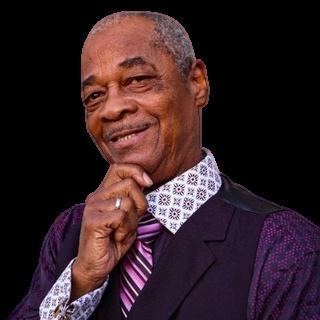
In 1970 while in his early 20s, Memphis-born Pastor Juan D. Shipp embarked on an endeavor to lift gospel artists in the region and improve the sound quality of their records. “And so, finally, I decided I'll try to find a studio. Man, I looked and I looked. Nobody wanted to help because here I'm an upstart,” said Shipp while talking about the journey that led to the creation of D-Vine Spirituals Records.
During a trip to the Greyhound bus station in downtown Memphis, Shipp noticed a sign that read “Tempo Studios”. Despite making multiple trips to the studio in an attempt to find the owner, Shipp kept coming up empty-handed. He eventually wandered into a neighboring sandwich shop where by divine intervention he met Clyde Leoppard, a former Sun Studios session drummer and owner of Tempo Studio. The discovery of Tempo was a catalyst for both a ground-breaking record label and a life-long friendship between Leoppard and Shipp. With a studio now at his disposal, Shipp began to bring in gospel artists from all over the region, eventually producing more than a hundred (Shipp doesn’t know the exact number) 45s on D-Vine, and its subsidiary JCR Records. Both have seen a series of reissues in recent years from the Bible and Tire Recording Co. that is distributed by Fat Possum Records.
Now 86-years-old, Pastor Shipp sat down with us and reminisced on the legacy of the music that he helped to create. The interview has been edited for length and clarity.
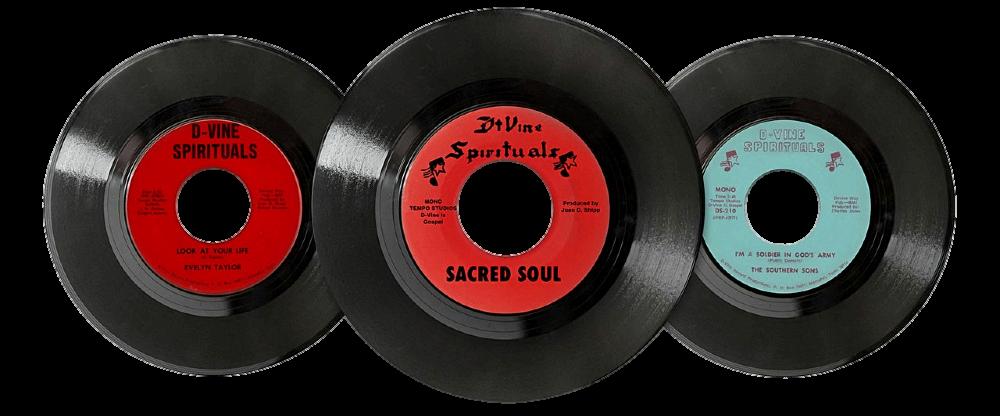
1970 was when the first records came out. I went through the ‘70s, and about 1987 I started shutting down. In the beginning, I went into recording simply because I thought that the recordings that were done by companies here in Memphis, the studios, didn't sound good, because I was a DJ.
[Theo] “Bless My Bones” Wade and Ford Nelson, who were WDIA gospel DJs, Eugene Walton, who was with KWAM, and myself, we were all good friends. I was always complaining about the sound that Memphis artists had. I said, “It's just terrible. It sounds like they are in a well or something. Somebody needs to do something to find a good studio for our groups to sing in and to get a good sound.”
Although Stax was going at the time, they wasn't dealing too much in gospel. They had a little small gospel label, but it wasn't being pushed as well as the other parts. And so Wade looked at me and said “you're the youngest one in a bunch. You ought to find the studio and get these Memphis groups sounding good.” Well, the lot fell on me because I was the one doing the complaining.
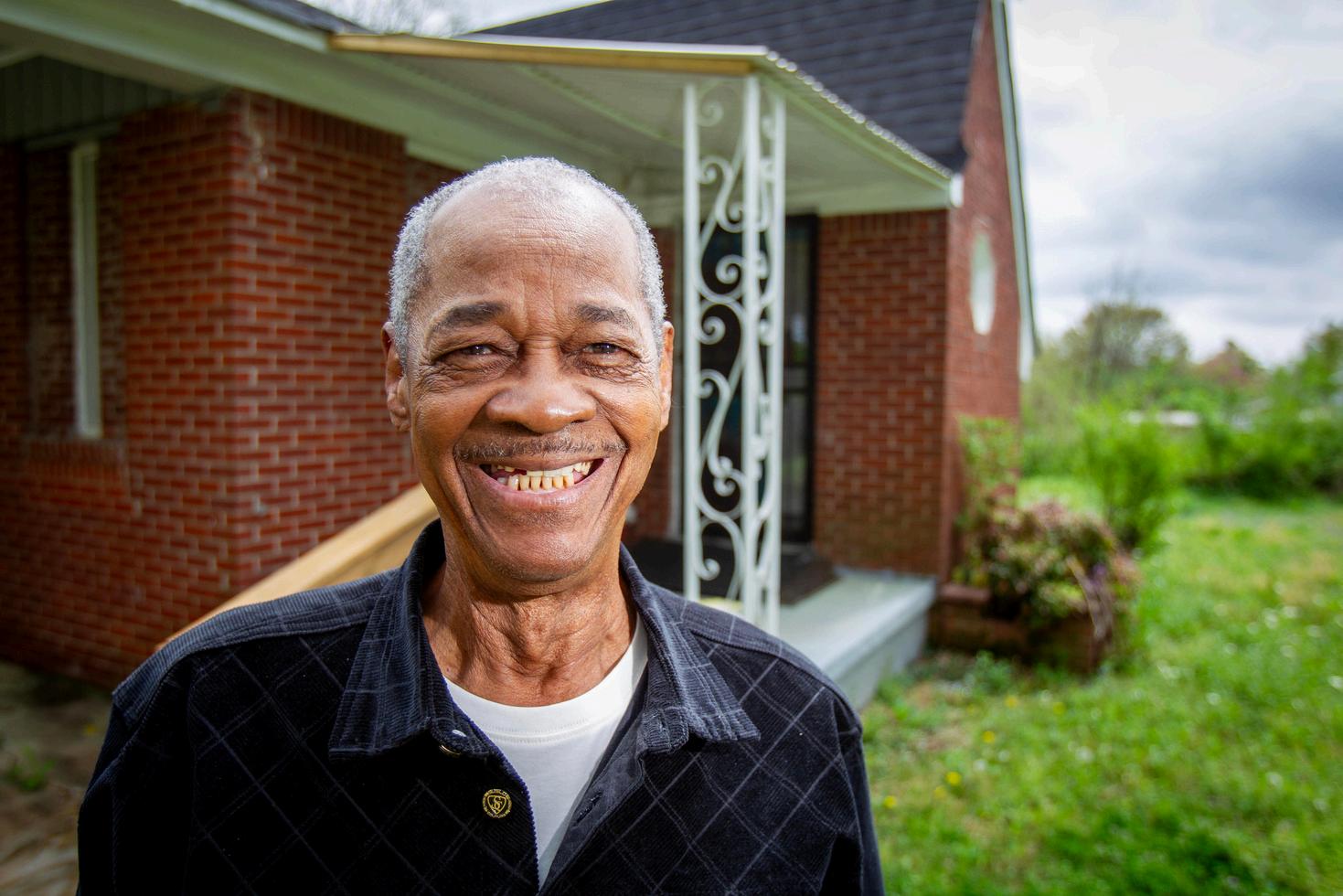
You discovered Tempo Studios and started a relationship with Clyde Leoppard. Was he primarily the engineer in the onset?
Yes, in the beginning, when I brought my first groups in to work, he was the engineer. He would leave the sandwich shop and leave the young lady in charge. He'd come up there and he'd engineer. I was watching how he was controlling the board, and with me being a DJ and knowing how to control boards, it didn't take me long to catch onto it. I already had the sound in my head. I knew what I wanted and how I wanted it. It didn't take long–I guess about a couple of months–and I was doing the engineering.
Did Clyde help you develop the sound, or was the sound already there?
The sound was with me already, but he gave me good pointers on how to do it with the recording stuff we had. Believe it or not, we only had a four track Scully. Four tracks was all we had. So I did a lot of overdubbing and bouncing here and there. It was a lot of work. It was a lot of fun, though.
The sound of music, Black music, was in here [pointing to head]. The Afro mentality was in here. My sister was a musician. She played the piano. My brother played the organ and the piano. I had two sisters actually, both of them played the piano. They were good. My brother played by ear. We come from a musical family. So music was just a part of me.
That's what made it so much easier to get a good record, because I knew what I was supposed to be hearing, what was supposed to be there. But the main thing I was trying to find was a studio that had the sound that I wanted. And I found that in Clyde and Tempo Studios. It was fantastic.
The Gospel Souls was one of the first. The reason they were one of the first is because a couple of the members belonged to the church that I pastored, Greater Abyssinia. And so they were the first group that I took into the studio–Liz King and the Gospel Souls. The song that I recorded on them, I'll never forget it: “I Heard the Voice”.
You'd be surprised at how hard it was to get that the way it sounds. Liz has a strong voice. She had a strong voice back then, and every time she started off, she was hitting it, just hitting it hard, and that ain't what I wanted. So we had been in the studio for a while working on that, and then the thought came to me. I called her to the control room. I said, “Liz, now, the song is good. You're doing good, but that's not what I want to hear. I want to hear the song like you really love the Lord and that you really hear His voice.” Then I got to thinking. I said, “Sing that song like you’re making love to God, not like you want Him to be your lover, like you’re making love to Him.” She said I was crazy and stormed out of the control room.
She went down to the booth and I could see she was praying. It made all the difference in the world. And a she prayed, she said, “Okay, I'm r And that's when she sang it. Man, it was totally different. I said, “This is what I want!” I don't know what she said to the Lord, but whatever it w worked. After that song came out the groups were trying to get a da come into the studio with me.
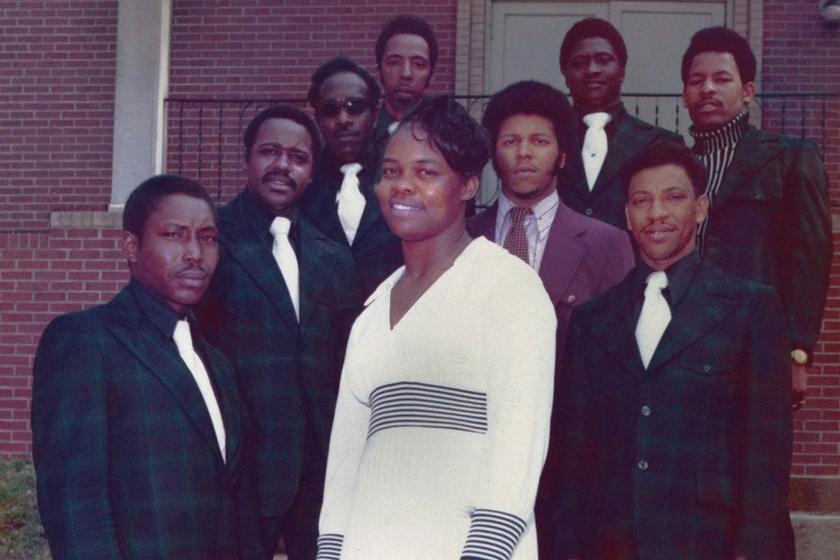
How many records would you typically press up for a song?
Well, I’d start off with one thousand, and then they would come back for more. I would send out about 200 or 300 to radio stations, and then the groups would get the rest.
Going back to Tempo, there is a signature sound that started happening with your records, especially the guitar sound. I'm curious about Wendell Moore and how he was brought into the fold with you to become a session musician.
Wendell was a young boy, about 15 or 16. Wendell was one of the musicians in the Joy of Memphis, a group that I recorded. They had two guitars, one was rhythm and the other was lead, and then they had the bass. Wendell was one of the leads and he also played rhythm. He did them both. But I didn't know that Wendell was doing two things at one time. Not only was he playing for the Joy of Memphis, but he was playing with a band, and it wasn't a jazz band, it was a rock band. So he told me that he was playing with this band and he says, “Come and hear me.” I went and he was playing the wah wah. I said, “Wow that sounds good. I'll bet that'll sound good on the gospel records.“
So I went to Wendell and I said, “Man, I know you play for the Joy of Memphis. How come you don't use wah wah when you play with them?” He said, “Well, they haven't allowed me to.” I said, “Well, I’ll tell you what, I want you to play on some of my
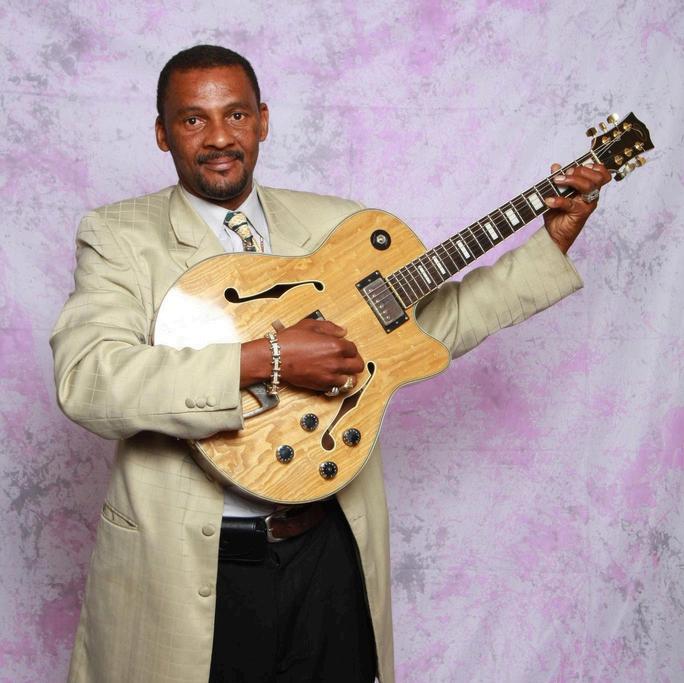
records at the studio. Would you do that? Would you become my studio musician?” He said yeah. He was still in high school and I took him down to the studio and I let him start playing wah wah on some of those gospel songs that I had, and man it sounded so good. Clyde said, “What gave you this idea man? This sounds good.” The Lord says, “Let everything that hath breath praise the Lord,” so why can't the wah wah praise the Lord? That's what God wants us to do. He wants us to magnify good stuff, and that's what I was trying to do.
What was one of your most memorable sessions that you cut for D-Vine?
One of the most memorable, I would say, was when Jack Stepter brought his family in and his children were knee high to a duck. You know how microphones are? They only go down so far when they have that extended arm. I had to put his lead singer, Doris, who was 8 or 9, on a stool. We had one of them big cut logs in the studio, and I had to set her on the stool for her to sing her song. I'm looking at her, this little child, singing the song, “Don't You Play with God”. She’s standing on a stool, can’t hardly reach the mic, and is blaring it out of her soul. That really did something to me. The Stepter Four became one of my iconic groups. And now they're grown grandparents, and I still think about me putting that little child, which is now a grandmamma, on a stool for her to sing “Don't You Play with God”. That is one I think about most now.
You can hear Pastor Shipp every Saturday afternoon between 12-2PM on his popular WYXR radio show “Gospel Talk, Back in the Day.” We also recently acquired a large collection of rare D-Vine Spirituals 45s from Pastor Shipp himself, which you can find in-store or (at least partially) HERE.


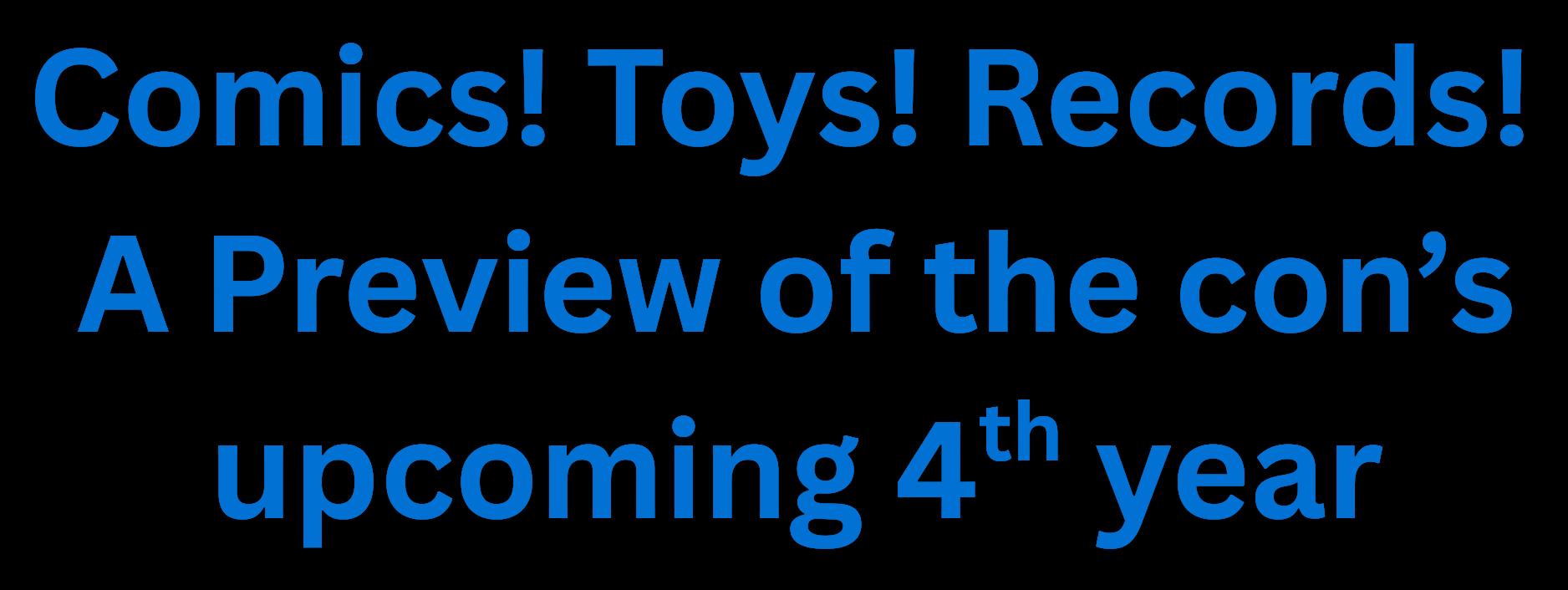
Saturday, May 3 will be marked by the return of Midtown Con - an annual pop culture convention founded by Memphis musician Harry Koniditsiotis.
As the leader of bands like The Angel Sluts and The Switchblade Kid, Koniditsiotis has long been a fixture of the Midtown punk scene. He’s also a highly regarded recording engineer in town, and runs the 5 and Dime Recording studio out of his garage. In recent years, however, his focus has shifted away from music somewhat in favor of his other primary interest - collecting.

In 2022, Koniditsiotis created Midtown Con to combine his three principle hobbies - collecting comic books, toys and records - into a single open marketplace. Later that year he also opened 901 Toys with his business partner, 901 Comics owner Shannon Merritt, in the space next door to the venerable Cooper-Young coffeehouse Java Cabana. For its part, Midtown Con was an instant smash, and it became a signature event for its host venue, Black Lodge.
“I’m very proud of it,” says Koniditsiotis. “I’m very happy that it has been a success and that people seem to like it. I always get told how much fun it isespecially for families. It really does attract a wide variety of people of all ages and walks of life.”
That’s largely because the collectibles industry - comic books, toys, cards, records, etc. - exploded during the pandemic in 2020, and continues to show signs of growth. “During lockdown a lot of people embraced their hobbies and I was wondering if that boom would keep going. Thankfully it has,” says Koniditsiotis.


But in August of 2024, a whirlwind of both circumstance and opportunity shook things up for him considerably.
For one, Black Lodge closed its doors, forcing Koniditsiotis to find a new home for Midtown Con.
“I was (disappointed), like a lot of people in Memphis,” he says. “I have been a strong supporter of Black Lodge for years, so I was sad to hear they were closing. I’ve thrown many band events at both locations, it just made sense to have Midtown Con there considering their pop culture appreciation.”
Another turning point came when Koniditsiotis, along with business partners Merritt and Blake Marcum, were able to purchase the property that housed 901 Toys, Java Cabana, and the women’s clothing store Loudean’s (which was going out of business), that same month.
The new owners’ first order of business was to move 901 Toys into the bigger Loudean’s space.
“The customers love it and we’ve been able to increase the amount of product in the store,” says Koniditsiotis. “We made the old location work for what it was but we desperately needed more room.”
As for the old location, it is now the home to a new business venture by Jackson Reesor, Blu Tiger Games - a video game store/arcade that fits right in on what Koniditsiotis calls “collector’s row,” alongside 901 Toys, 901 Comics, Goner Records and Halford Loudspeakers on that small strip of Young Avenue.
“Expanding 901 Toys and bringing Blu Tiger Games into the fold has helped establish a one stop shopping experience with 901 Comics being right down the block,” he says. “We have toys, video games, comics, records and stereo gear all on the same street. That’s not common in a lot of cities and there’s definitely nowhere else like it in Memphis.”
And though it took a bit longer than expected, Koniditsiotis and his partners relaunched a freshly renovated Java Cabana in March of this year. So far, the response has been overwhelmingly positive.
“It’s been great! People are very excited to have Java Cabana back,” he says. “They like that the place has been cleaned up and kept the same bohemian atmosphere. Also they love the big bathroom. Seriously, so many people come in asking about the updated bathroom.”
With both the loss of Black Lodge and newfound control over a larger property, Koniditsiotis made the somewhat bold decision to host this year’s Midtown Con outdoors in the courtyards surrounding 901 Toys, Blu Tiger Games and Java Cabana.
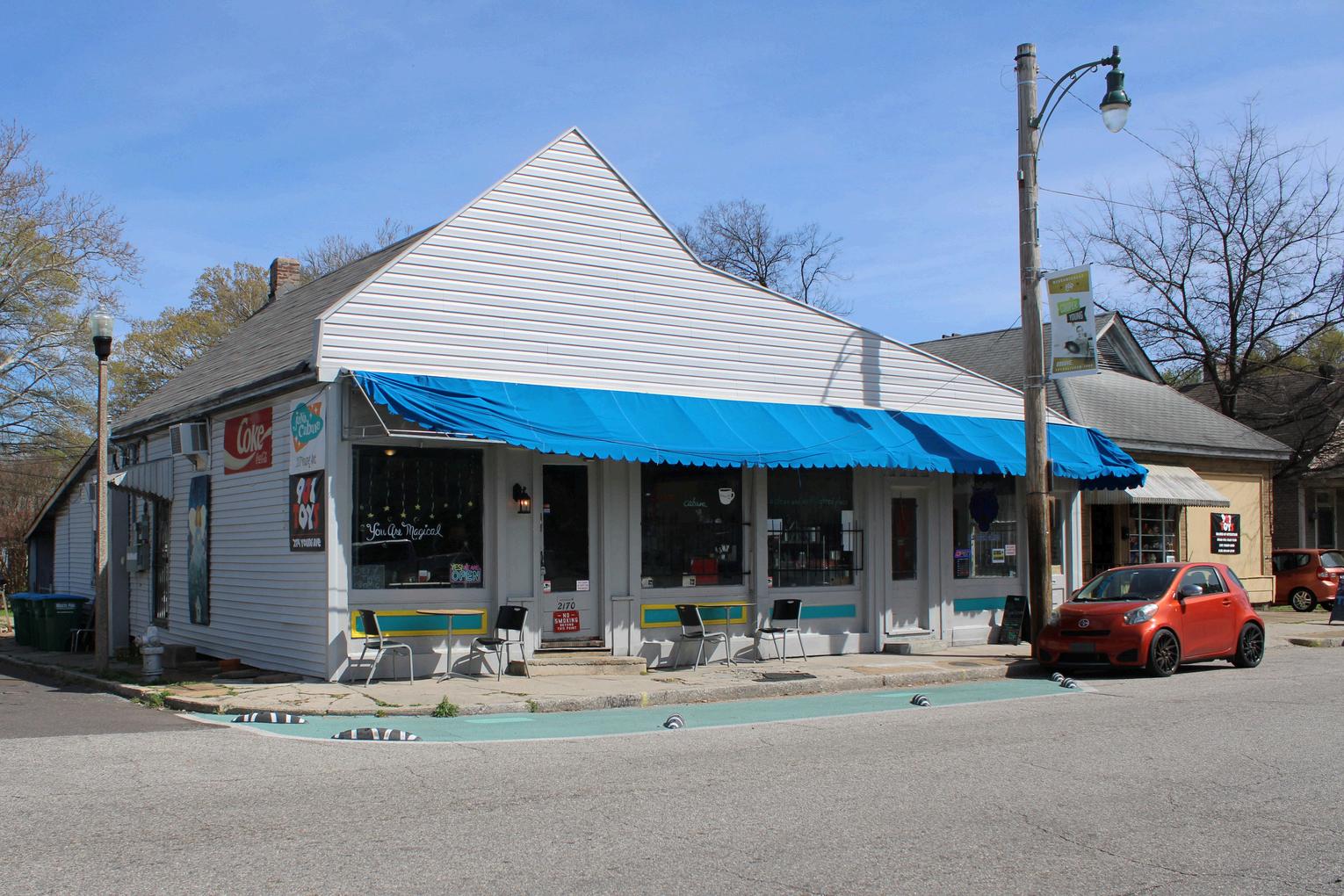
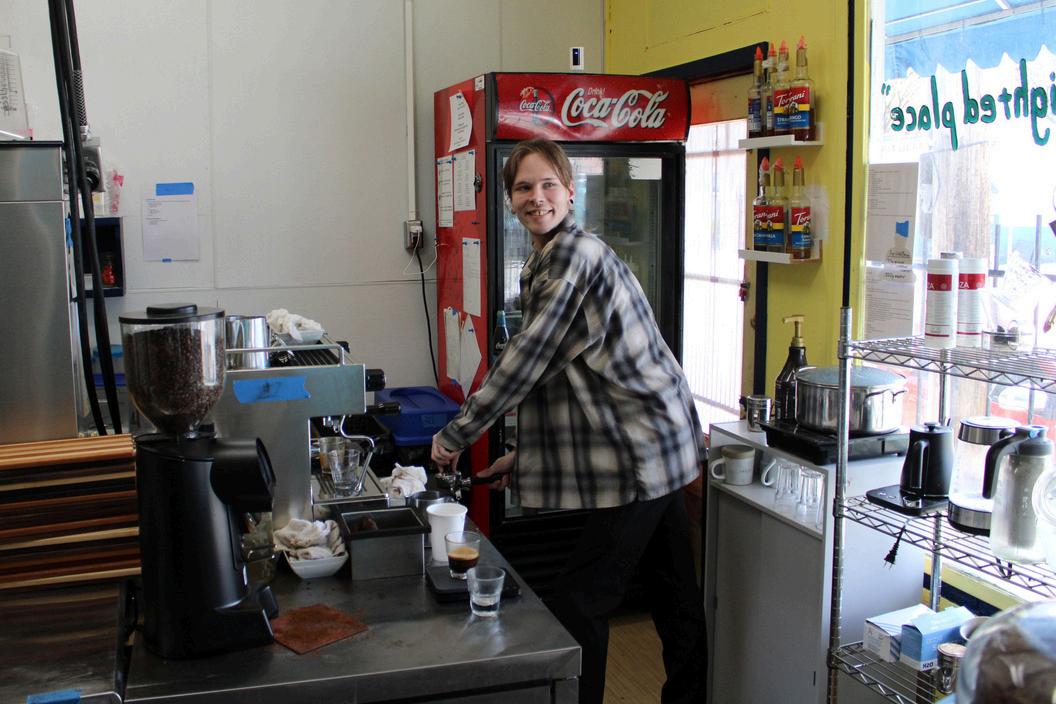
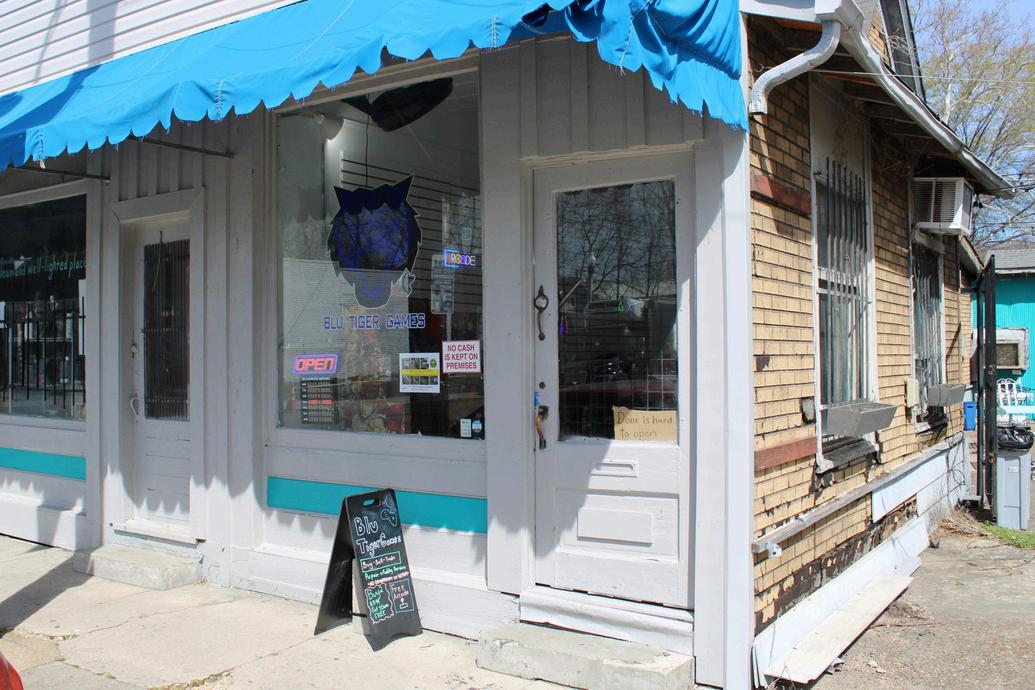
“I realized we needed to bring more attention to this part of Cooper-Young,” he says. “So there’s an opportunity to showcase what we’ve done, but also a convenience with it.”
In future years, Koniditsiotis is open to finding a different home for Midtown Con - but he also sees the value in holding it on his home turf.
“I’m just going to see what happens this year and go from there,” he says. “Obviously I want to keep Midtown Con in Midtown so it just depends if an affordable location becomes available.”
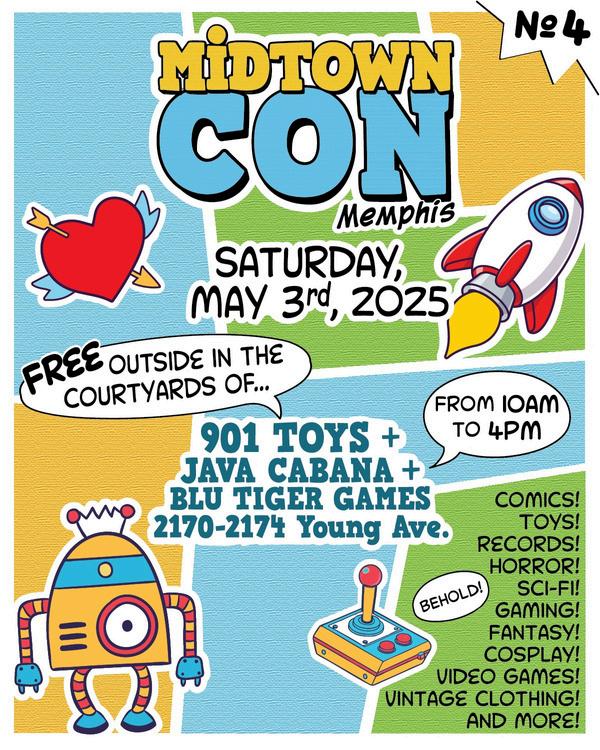
Midtown Con takes place on Saturday, May 3 from 10 A.M. to 4 P.M. in the courtyards outside of 901 Toys, Java Cabana and Blu Tiger Games, 2170-2174 Young Ave. In the event of rain, a make-up date will be announced.


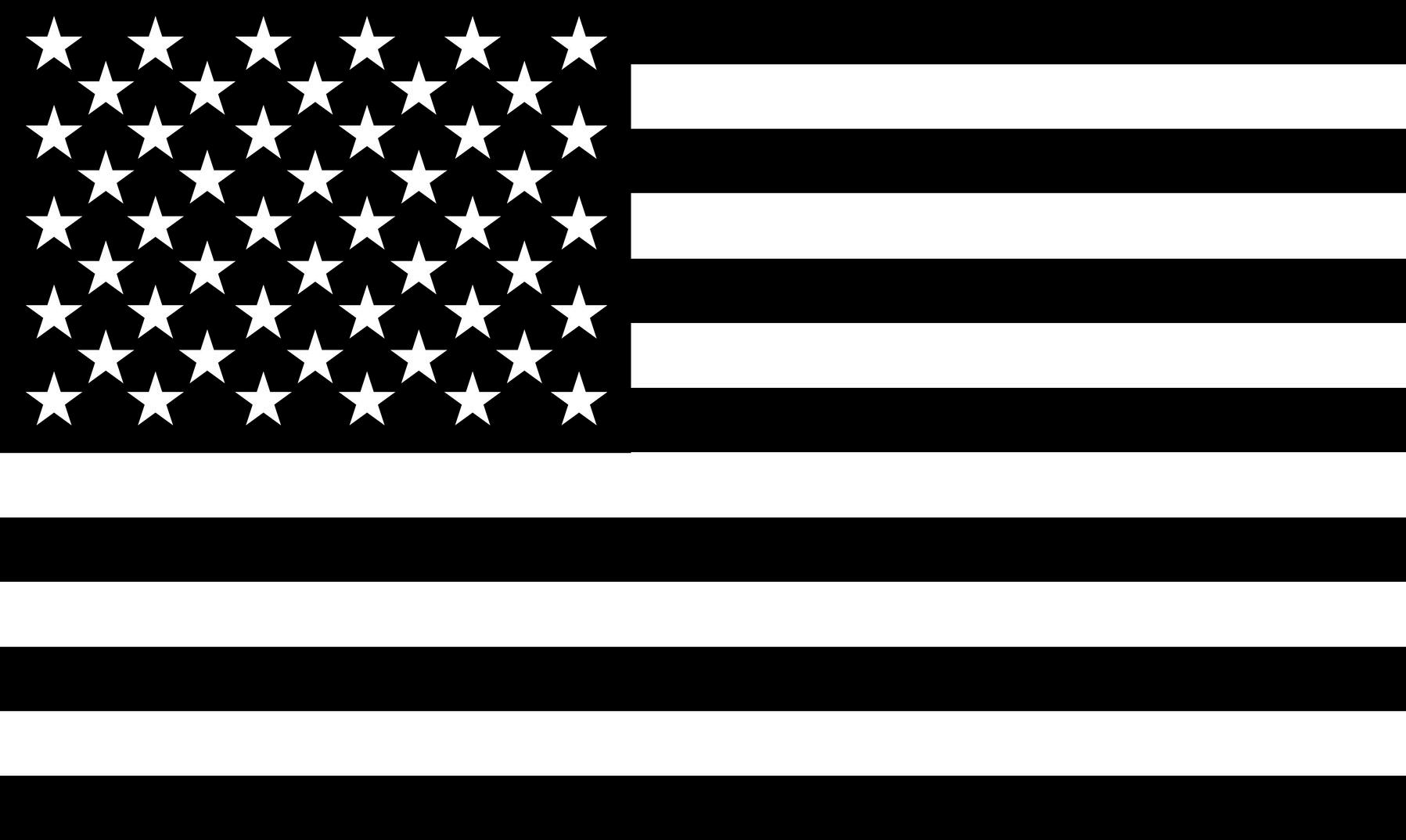

Consider our current moment of, well...*gestures around broadly at everything*...it seemed like an opportune moment to give the protest song its due, and who better to help us than Haley Ivey, the singer/guitarist for the unapologetically political metalpunk duo Little Baby Tendencies. Earlier this year, the duo released the timely album Burn Down the State, featuring eight face-melting tracks that would all fit nicely within this list. In true anarchist fashion, Haley decided that this Top 5 list deserved 6 entries, and we ain’t complaining. Let’s get into it...
“DeadMenCan’tCatcall”
When both structural and physical violence by men is a constant theme in a woman’s life since her early upbringing, it only feels natural to bite back with a chorus sneering, “dead men can’t do nothin’ at all.” I appreciate punk-rock for this theme alone, saying what sounds wrong in the face of what is actually worse. If I’m feeling righteous or need a little confidence boost to a maledominated space, I slap this on and feel a silly power that reminds me that if a woman’s life is to be truly lived, it’s to be shameless about her loud presence in public - because no matter if you’re on business or just trying to take in the sunshine, men don’t want to see you out walking in the streets without their defining it.
“RedHanded”
“The food that I eat is a product of cruelty, sacrificing souls for a quick bite to eat. And I'll compromise my morals cuz I'm hungry and it's cheap, I've got blood on my hands.” These shamelessly-shaming lyrics written over a dancing and upbeat banjo rhythm really stand out to me as a song bringing out awareness - in its own way it protests the living of status quo that we all try to both forget and endure. It speaks to me as a grievance to be a cog in the machine, where we are constantly sacrificing souls on the other side of the globe (or next door) for convenience. I greatly appreciate a song that will call out the self, rather than pointing the finger at everyone else.
“WhiteMaleMeltdown”
“This was on repeat for me back in 2022, it’s so incredibly sassy and unforgiving to the usual dominating voices which is something I so love about this band and other so-called feminist tunes. It broaches the topic of fragile masculinity and its pressures on women to be presented in her confines and to remain silent in the backlash of her stepping out of bounds. It has two vibes - crawling sultry statements coddling the oppressor then twice releasing a fury of instrumentals and whining of the song title to match that ever-sopresent meltdown the patriarchy casts as authority.
Alright, nobody needs to hear another person comment on why Dead Kennedys make good protest tunes. But I’m often surprised this particular song isn’t a hit my friends are into. I love protest music where the lyrics are spoken from the oppressor, where here the voice is from a snarling boss firing his workers and giving it to the machines. Published in 1985, it rings even truer today where right here in Memphis the new AI Supercomputer threatens to not only “take our jobs” but what little resources we have left. These guys were speaking on the issues long after and long before people cried out, but I will forever appreciate them for being funny about it.
Another obvious one that I always come back to you. I love when other countries call the United States out. This song was a bop to me in my teens, but recently has made a strong resurgence in my life when global fear sparks more pointed protest at the United States, from countries the government claimed “safe” (those not riddled with US war crimes). The references to Coca Cola and Santa Claus are funny but really strong points because what’s a better idiocracy than one fueled by brand names and fictional mascots pushing to buy, buy, buy?
Never has a band so affected me with uniquely spiritual lyrics like this one. When I first heard this song my brain exploded - it’s a sweet lilting song with equally starry-eyed lyrics that told me to find my own way. I claim this song as protest because of defiance against listening to the stories that define us and the barriers set upon the way we must live our lives. She says “the Universe wants you to ask it” as if that’s who you should ask most of all - which I wholeheartedly believe. Since listening to it for the first time last year, her words have emboldened me to completely follow my own choices in the way I live, think, speak, and feel. This song is the reason why I started solo traveling, a form of protest to the wellmeaning friends and ignorant strangers who say, “You shouldn’t do that.” If you are asking anyone, “should I?,” let it be to yourself.
